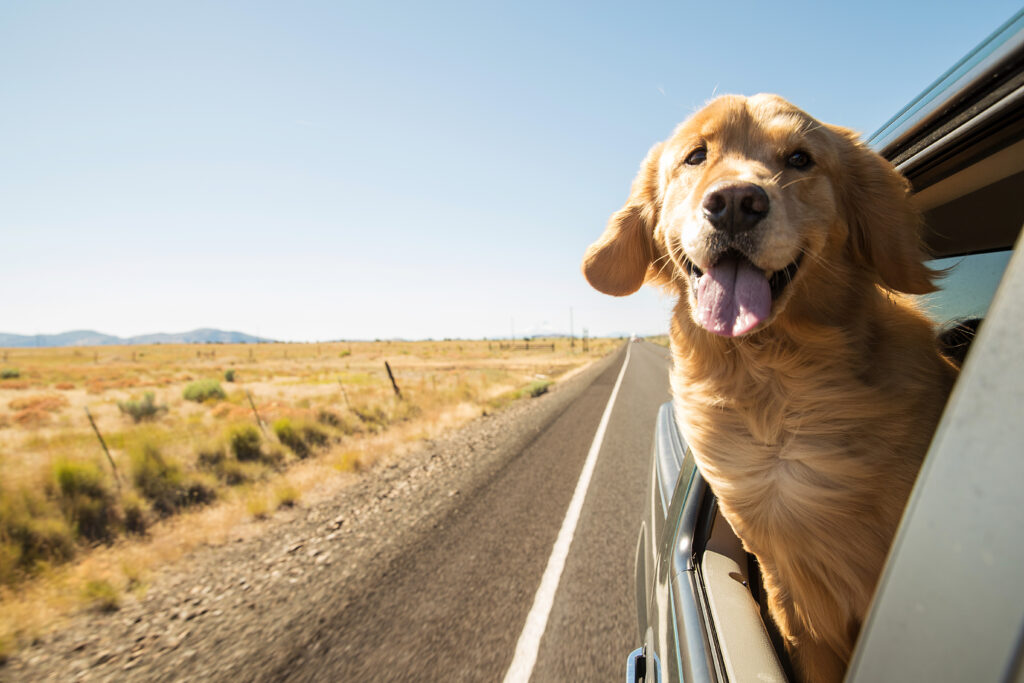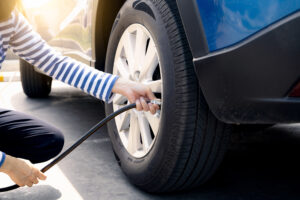Traveling long distances with a pet requires more than just putting them in the car and setting off. While many animals enjoy road trips, long hours in a vehicle can be stressful, uncomfortable, or even dangerous if proper precautions aren’t taken. Whether you’re relocating, going on vacation, or embarking on an adventure with your furry companion, their safety should be a top priority.
Unlike humans, pets don’t understand the concept of a road trip. The unfamiliar environment, long stretches of sitting still, and lack of control can make them anxious. Fortunately, with the right preparation and awareness, you can make the experience comfortable and safe for your pet. From proper restraint systems and hydration to frequent breaks and emergency preparedness, here’s everything you need to know about keeping your pet safe on long-distance road trips.
Preparing Your Pet for a Long Road Trip
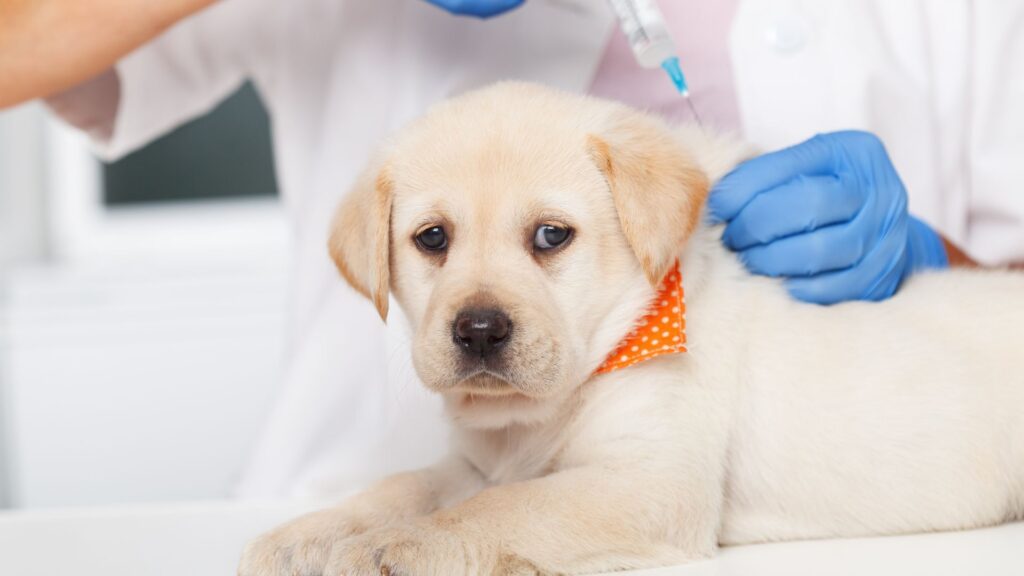
Preparation is key to ensuring a smooth, stress-free trip for both you and your pet. In the weeks leading up to your journey, take steps to acclimate your pet to car travel and address their medical needs.
Acclimating Your Pet to the Car
If your pet isn’t used to long car rides, sudden extended travel can be overwhelming. Gradually introducing them to car trips can make a big difference in their comfort level.
Start with short drives around your neighborhood, gradually increasing the duration. For dogs, associate car rides with positive experiences by taking them to fun places like a park instead of just the vet. Cats, who often dislike car rides, should be transported in a well-ventilated carrier with familiar bedding and a few comfort items.
Try playing soft music or keeping a calm environment inside the car to help ease anxiety. If your pet shows signs of stress—panting excessively, drooling, or whining—give them breaks and reassurance.
Veterinary Checkup and Travel Vaccinations
A pre-trip vet visit ensures that your pet is healthy enough for long travel. The veterinarian can check for underlying health issues that could make extended car rides risky and recommend any necessary medications, such as anti-nausea or anxiety relief options.
If you’re crossing state lines, research the required vaccinations or health certificates. Some states require proof of rabies vaccination, and if you’re traveling internationally, additional documentation may be needed. Flea and tick prevention is also crucial, especially if you’ll be stopping in outdoor areas.
Ensuring Proper Restraint and Safety
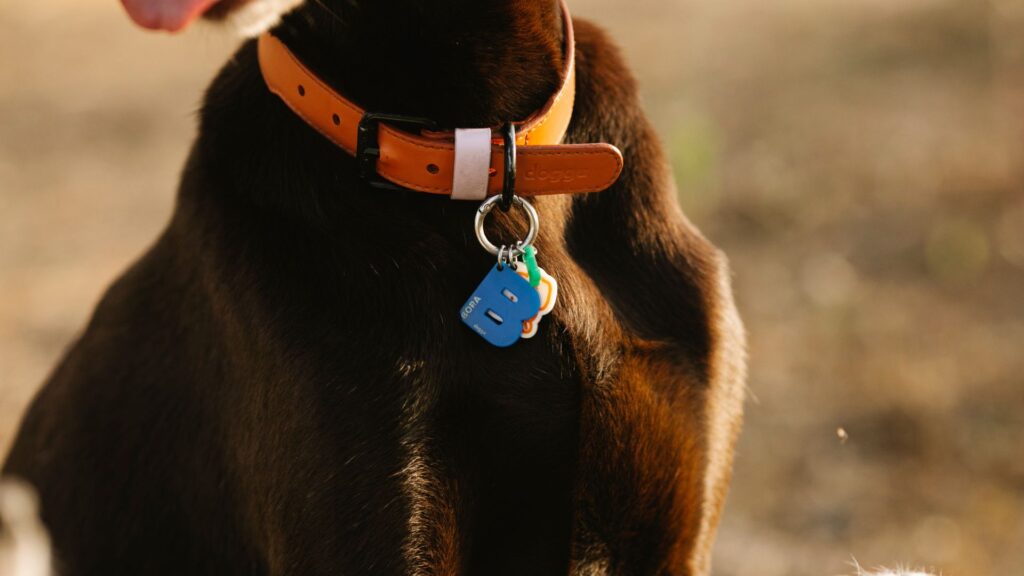
Allowing pets to roam freely inside a moving vehicle is dangerous for both them and the driver. In a sudden stop or accident, an unrestrained pet can become a projectile, leading to severe injuries. Proper restraint systems keep your pet safe while minimizing distractions for the driver.
Choosing the Right Travel Carrier or Harness
The best way to restrain your pet depends on their size and temperament.
- For small pets, a well-ventilated travel crate or carrier secured with a seatbelt is the safest option. Make sure the carrier is large enough for them to stand, turn around, and lie down comfortably.
- For larger dogs, a crash-tested car harness or pet seat belt attaches to the existing seatbelt system, keeping them secure without restricting movement excessively.
- Avoid letting your pet ride in the front seat, as airbags can be fatal in an accident.
According to the Center for Pet Safety, travel harnesses should be crash-tested and certified for safety. Many popular harnesses fail impact tests, so choose a model that meets independent safety standards.
Keeping Windows and Temperature in Check
While dogs love sticking their heads out of car windows, this can be dangerous due to airborne debris or sudden stops. Keep windows closed or only slightly cracked to allow ventilation without risk.
Never leave your pet alone in a parked car, even for a few minutes. Temperatures inside a vehicle can rise over 40 degrees Fahrenheit higher than outside in a short time, leading to deadly heatstroke. Even in mild weather, cracked windows do not provide enough airflow to keep pets cool.
Managing Hydration and Nutrition
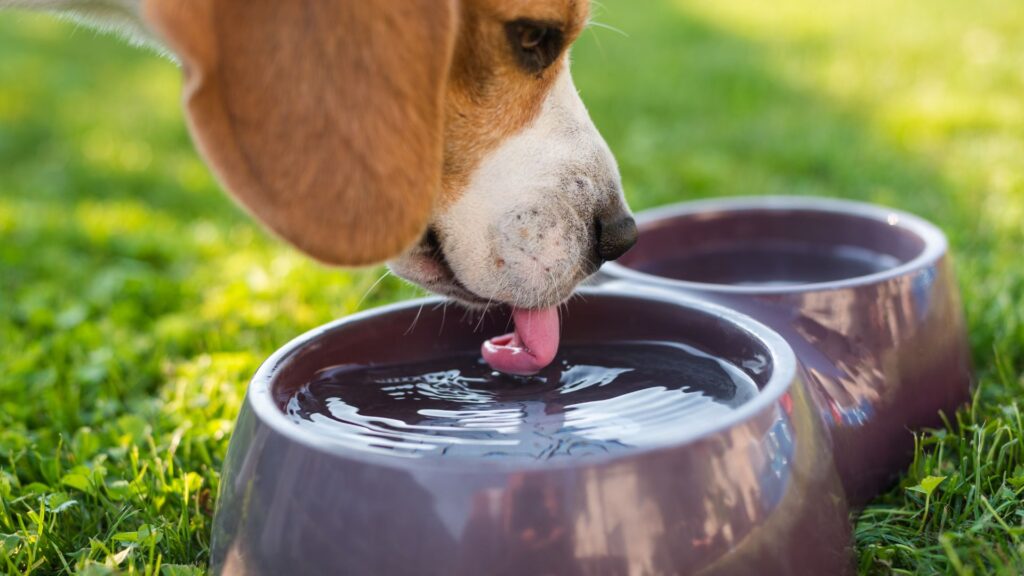 Long car rides can disrupt a pet’s normal eating and drinking routine. Keeping them hydrated and well-fed while on the road helps maintain their comfort and health.
Long car rides can disrupt a pet’s normal eating and drinking routine. Keeping them hydrated and well-fed while on the road helps maintain their comfort and health.
Providing Water Throughout the Journey
Dehydration can happen quickly, especially in warm climates or when traveling for extended periods. Offer fresh water every few hours, even if your pet doesn’t seem thirsty.
Portable, no-spill water bowls or travel water bottles with attached dispensers make it easy to provide water without mess. If your pet is reluctant to drink unfamiliar water, bring bottled or pre-filled water from home.
Meal Timing and Snack Breaks
Avoid feeding your pet a large meal right before departure, as this can lead to motion sickness. Instead, feed them three to four hours before the trip and provide small snacks along the way if necessary.
For dogs, low-fat treats and easy-to-digest kibble work best. Cats may be less interested in eating while traveling, but offering a small meal during rest stops can encourage them to stay on schedule.
Planning Rest Stops and Exercise Breaks
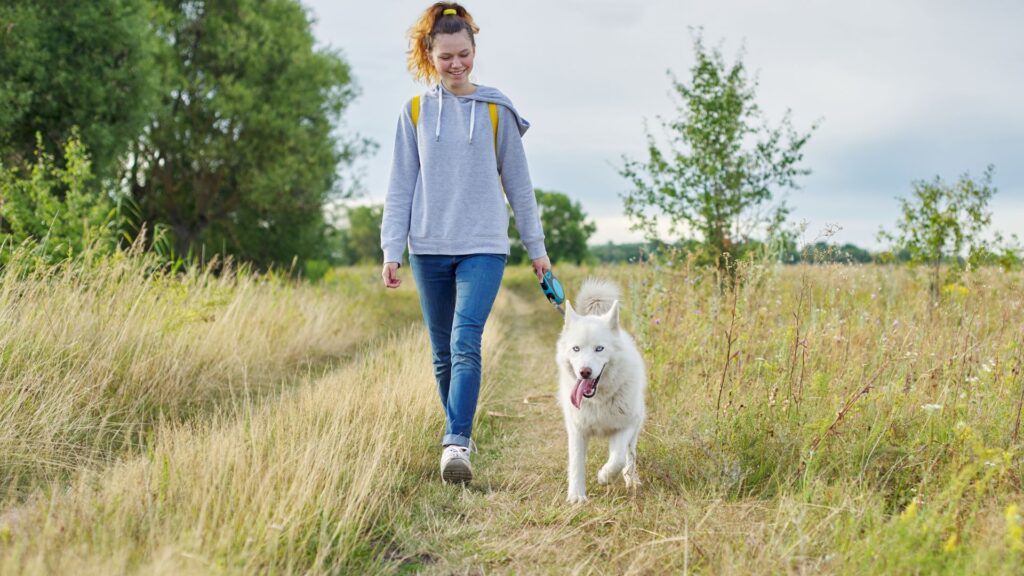
Just like humans, pets need regular breaks to stretch, relieve themselves, and burn off excess energy. Skipping rest stops can lead to restlessness, accidents, or anxiety.
How Often Should You Stop?
Plan to stop every two to three hours to let your pet stretch, drink water, and use the bathroom. Puppies, senior dogs, and pets with medical conditions may need more frequent breaks.
Look for pet-friendly rest areas with designated walking spaces. If you’re traveling on a long highway stretch, apps like BringFido or GoPetFriendly can help locate pet-friendly stops.
Safe Leash Use and Outdoor Etiquette
Always keep your pet on a secure leash when exiting the car, even if they are well-trained. New environments can be overwhelming, and loud noises or unfamiliar smells might cause them to bolt.
Clean up after your pet and be mindful of other travelers, especially at busy rest areas. Some locations may have specific pet relief zones, so follow posted guidelines to keep the area safe for others.
Handling Motion Sickness and Anxiety

Some pets experience motion sickness, while others suffer from travel-related anxiety. Knowing how to recognize and manage these issues can make the trip easier for everyone.
Recognizing Signs of Motion Sickness
Common symptoms of motion sickness include excessive drooling, yawning, whining, lip licking, vomiting, and restlessness.
If your pet is prone to nausea, try these solutions:
- Keep the car cool and well-ventilated to reduce queasiness.
- Limit food intake before the trip but offer small ice cubes or water.
- Speak to your vet about anti-nausea medications, such as Cerenia, for long trips.
Reducing Anxiety for Nervous Travelers
For pets with travel anxiety, comfort items like familiar blankets, toys, or calming pheromone sprays (such as Adaptil for dogs or Feliway for cats) can help ease stress.
Calming chews, CBD treats, or prescription sedatives may be options for extreme cases, but always consult your veterinarian before using any medications.
Emergency Preparedness While Traveling
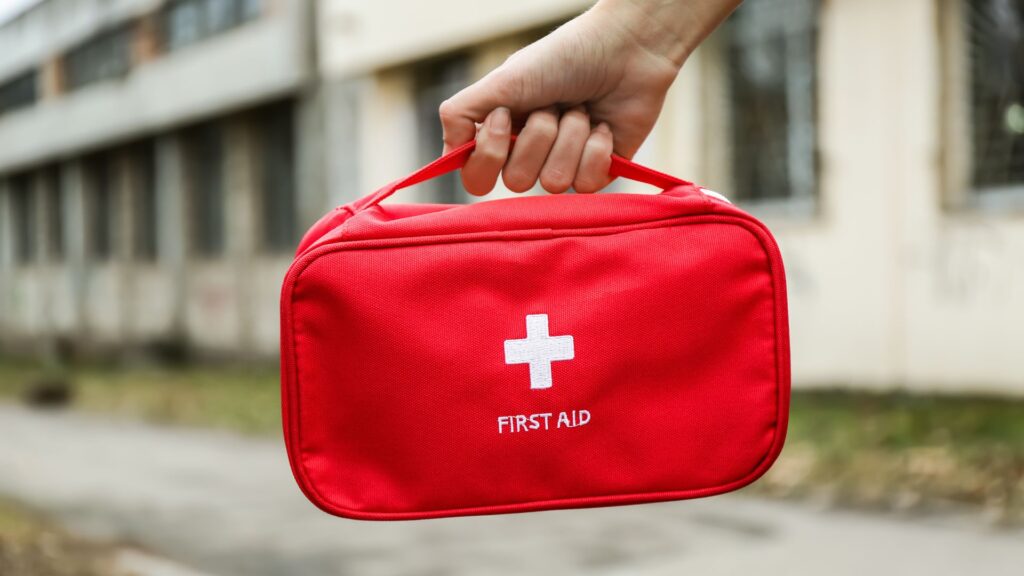
No one wants to think about emergencies, but being prepared can prevent a minor issue from turning into a crisis.
Creating a Pet Travel Emergency Kit
A well-stocked pet emergency kit should include:
- Veterinary records, including vaccination proof
- Extra food and bottled water
- Medications and a first-aid kit
- A backup leash, collar, and ID tags
- Waste bags and cleaning supplies
- A list of emergency vet clinics along your route
Having a microchip and up-to-date ID tags on your pet ensures they can be identified if lost.

Final Tips for a Safe and Stress-Free Trip
To make your long-distance road trip with your pet as smooth as possible, keep these tips in mind:
- Secure your pet in a travel carrier, harness, or seatbelt to prevent injury.
- Offer water regularly and take frequent breaks for bathroom stops and exercise.
- Keep the car temperature comfortable and never leave pets alone in a parked car.
- Pack a travel emergency kit with veterinary records, food, water, and medications.
- Be mindful of motion sickness and anxiety, using vet-approved remedies if needed.
- Use pet-friendly apps to find safe rest stops, hotels, and emergency vets along the way.
A well-planned trip ensures your pet stays safe, comfortable, and happy while on the road. With the right preparation, your road trip can be an enjoyable experience for both of you.
